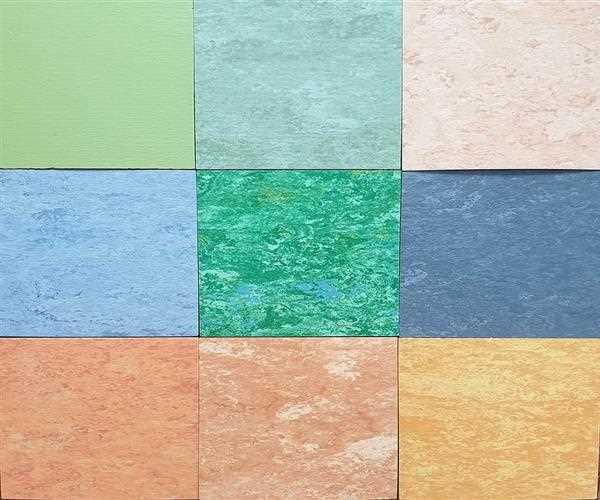The most lasting linoleum flooring, called 'inlaid,' is created by connecting and inlaying
high-quality stainless
linoleum. Cheaper printed linoleum is available in a variety of grades and gauges and is printed with thinner layers that are more susceptible to wear and tear.

Linoleum
of good quality is flexible, allowing it to be utilized in places where a more
stiff material (like ceramic tile) might crack. Frederick Walton, an
Englishman, invented linoleum. Walton noticed a rubbery,
pliable skin of solidified linseed oil that had developed on a tin of oil-based paint in
1855 and felt it could be used as a substitute for India rubber.
The oxidation of raw linseed oil is slow, but Walton sped up the process by heating it with lead acetate and zinc sulfate. This transformed the oil into a resinous substance into which cheap cotton cloth was immersed until a thick covering developed.
The coating was scraped off and the varnish was made by boiling it with benzene or other similar solvents. Walton patented his varnish in
1860 with the intention of selling it to manufacturers of water-repellent fabrics like oilcloth.